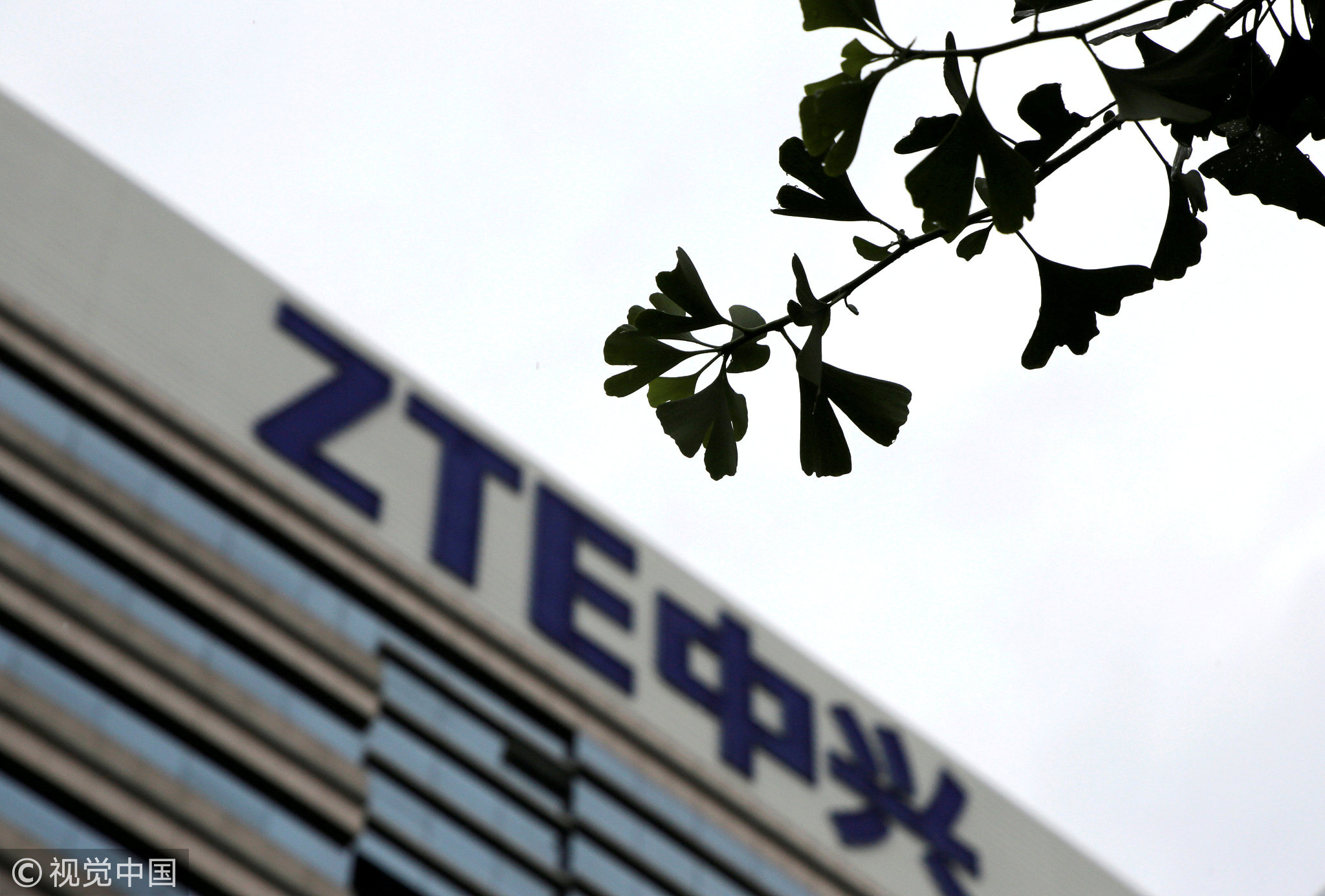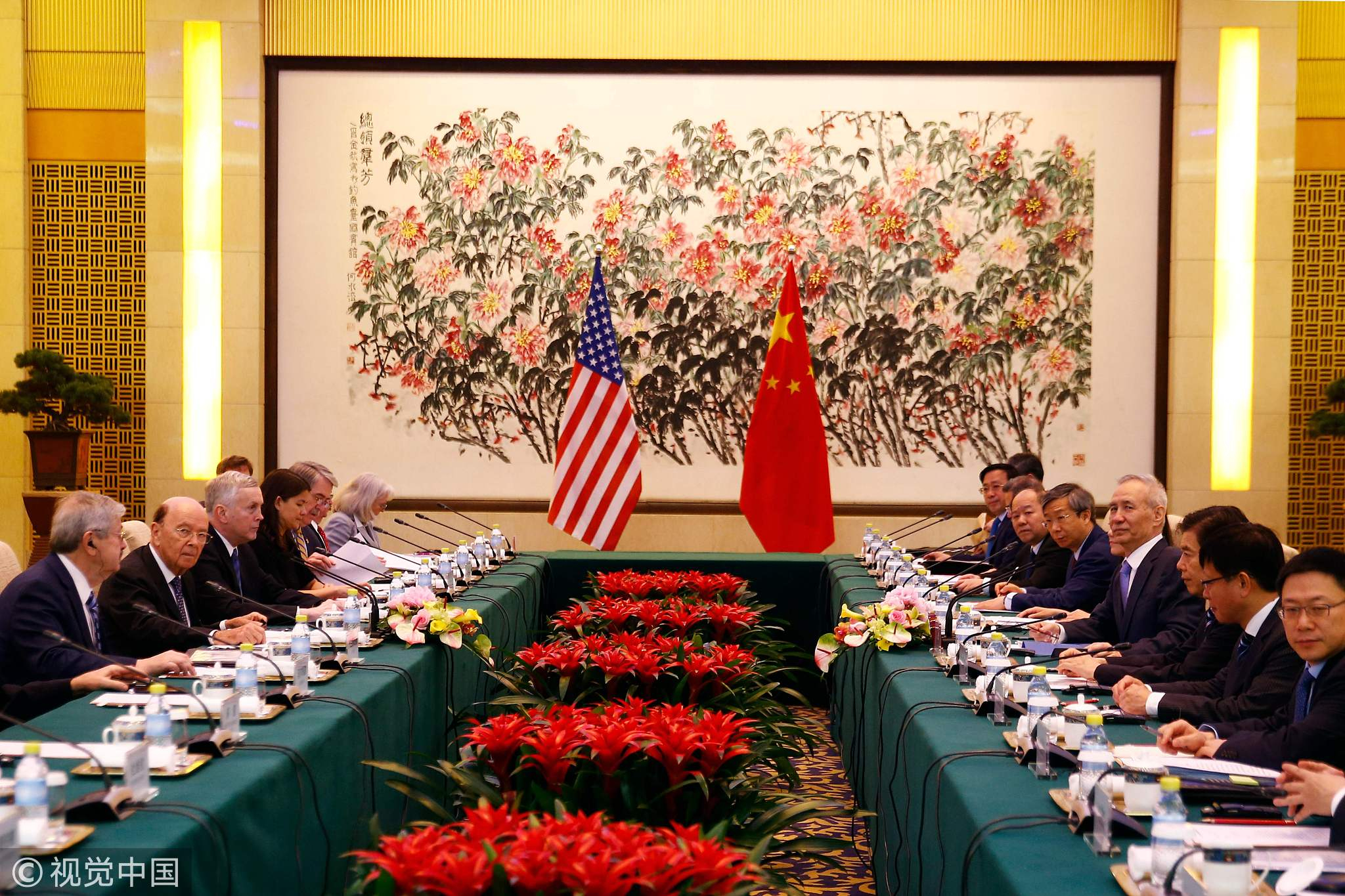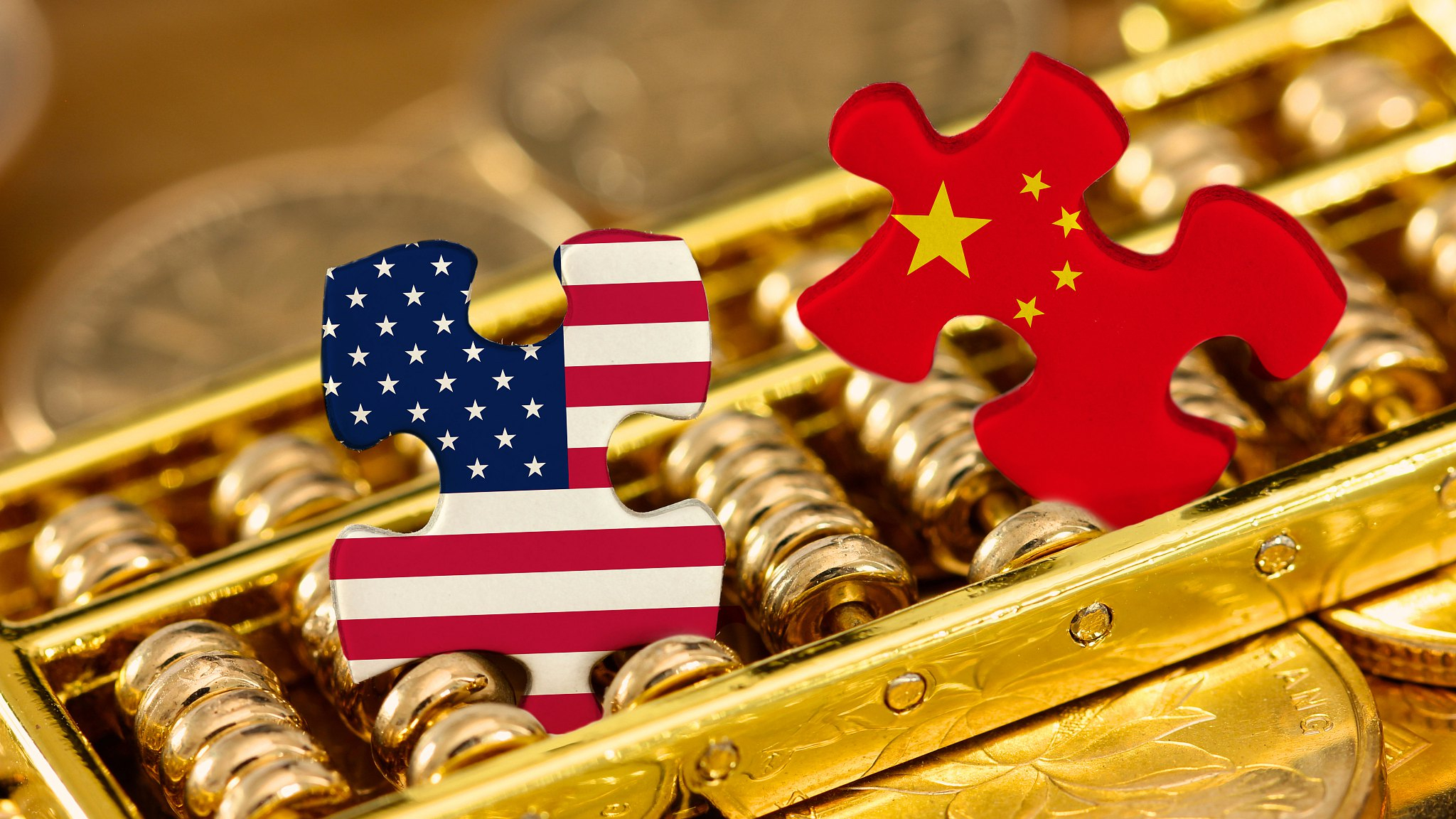Editor's note: Dr. John Gong is a research fellow at Charhar Institute and professor at the University of International Business and Economics.The article reflects the author's views, and not necessarily those of CGTN.
2018 will go down in history as the year of the Sino-U.S. trade war. Resolving this thorny issue is arguably the most important preoccupation and also the most difficult challenge facing the Chinese nation in the year.
Where is this country going in terms of development? What will be China's relationship with the rest of the world? Even peace and prosperity in the Pacific region could be at stake if China and the U.S. cannot come to terms with each other in the next few weeks.
To understand how grave an issue we are dealing with, just look at the number of op-ed articles on CGTN regarding this topic, to which I have contributed my own fair share. On this last day of the year, I will continue to write about it, to review its brief history and to predict its future.
It all started on August 14, 2017 when U.S. President Donald Trump signed an executive order authorizing the U.S. Trade Representative, Robert Lighthizer, to initiate the Section 301 investigation into China's trade practices based on a piece of U.S. domestic legislation, the Trade Act of 1974.

U.S. President Donald Trump displays a memorandum on addressing China's laws, policies, practices, and actions related to intellectual property, innovation, and technology after signing it at the White House in Washington, DC, August 14, 2017. /VCG Photo
U.S. President Donald Trump displays a memorandum on addressing China's laws, policies, practices, and actions related to intellectual property, innovation, and technology after signing it at the White House in Washington, DC, August 14, 2017. /VCG Photo
The USTR investigation report was officially released by the White House during a press conference on March 23, and President Trump ordered the USTR to identify 60 billion U.S. dollars' worth of imports from China to be subject to tariff measures.
I vividly remember it was at midnight Beijing time on a chilly spring night, when I was right in the CGTN studio broadcasting the whole thing.
As I was stepping out of the grandiose CCTV building into a sea of neon light in Beijing's spectacular downtown CBD district, I couldn't help deploring a national crisis is ahead waiting for us.
From March 23 to the end of April, both sides announced intentions of a series of tariff and non-tariff measures. During that time the U.S. side also initiated a case against ZTE, which almost put China's second largest telecom equipment company out of business by barring supply of American parts and components.
In fact there were already two trade cases initiated by the U.S. Commerce Department before March 23, but not generally targeting China while certainly affecting China, one concerning anti-dumping solar panels and washers/dryers, and one concerning aluminum and steel imports now famously invoking the GATT national security article.

The logo of China's ZTE Corp is seen on the building of ZTE Beijing research and development center in Beijing, China, June 13, 2018. /VCG Photo
The logo of China's ZTE Corp is seen on the building of ZTE Beijing research and development center in Beijing, China, June 13, 2018. /VCG Photo
From May 3 to May 19, the first round of high level negotiation took place in an attempt of defuse the trade dispute, with the Chinese team led by President Xi's top economic adviser Liu He. Apparently Trump was not happy with this agreement and he sent Commerce Secretary Willbur Ross to Beijing on June 3 for a second shot.
Apparently Trump was still not happy with the negotiation result upon Ross' return to Washington, DC. On June 15, he tore apart the agreement reached by the two negotiation teams and slapped 25 percent tariffs on 50 billion U.S. dollars' worth of Chinese imports.
Within seconds, China's Ministry of Commerce retaliated with exactly the same thing – 25 percent tariffs on 50 billion U.S. dollars' worth of American imports.
The American tariffs took effect on July 6 on the first 34 billion U.S. dollars' worth of Chinese exports, and we are officially into the trade war. Two days later I published the “‘Pegasus' era” article on CGTN, about a freight vessel called Peak Pegasus loaded with American soybeans racing to the port of Dalian in an attempt to beat the tariff deadline. In Greek mythology, Pegasus is a horse with wings.
The trade war continued in ensuing months. 16 billion U.S. dollars Chinese exports, as part of the original 50 billion U.S. dollars, were subject to 25 percent tariffs on August 23.

U.S. Commerce Secretary Wilbur Ross (2nd-L) and Chinese Vice Premier Liu He (4th-R) attend a meeting at the Diaoyutai State Guesthouse in Beijing, June 3, 2018. /VCG Photo
U.S. Commerce Secretary Wilbur Ross (2nd-L) and Chinese Vice Premier Liu He (4th-R) attend a meeting at the Diaoyutai State Guesthouse in Beijing, June 3, 2018. /VCG Photo
On September 18, President Trump announced that an additional 200 billion U.S. dollars' worth Chinese exports would be subject to 10 percent tariffs, and he further threatened to raise it to 25 percent by the end of the year.
The stalemate lasted for a bit over a month until President and Xi held a phone call in which they committed to resolving the issue at the G20 summit in November. The G20 summit meeting by the two leaders turned out to be quite a successful one.
A truce is reached in that 90 days were set aside for further negotiations. China also made substantive steps to alleviate American trade deficit by buying immediately American agricultural and energy products.
Yesterday came the news that the two leaders talked again over the phone, when they exchanged season's greetings and again committed to reaching a trade deal.
At least I am among the hopeful that both China and the U.S. will close this nasty chapter in history with a happy ending within the next few weeks.

U.S. President Donald Trump, U.S. Secretary of State Mike Pompeo, U.S. President Donald Trump's national security adviser John Bolton, attend a working dinner with Chinese President Xi Jinping after the G20 leaders summit in Buenos Aires, Argentina, December 1, 2018. /VCG Photo
U.S. President Donald Trump, U.S. Secretary of State Mike Pompeo, U.S. President Donald Trump's national security adviser John Bolton, attend a working dinner with Chinese President Xi Jinping after the G20 leaders summit in Buenos Aires, Argentina, December 1, 2018. /VCG Photo
The American grievance with China is partly rooted in what they call mercantilist trade practices on our part, and partly in the fear that China is rapidly rising in all aspects of power metrics, especially in the technology arena.
Regarding China's trade practices, I concur some of them, such as lax treatment of IPR protection, state subsidies and forced technology transfer are indeed outdated things that cannot be commensurate with our status being the largest economy and the largest trading nation in the world.
These are indeed areas where it is in our national interest to reform.
With respect to notions of revisionist states and the Thucydides' trap, I would like to refer to Kentucky Senator Rand Paul's thinking on American foreign policy.
Yes, we need to honestly face the fact that China and the U.S. are indeed competitors in many aspects, on many fronts and in many regions. But competitors do not have to be rivals, as longs as the rule of competition is fair and the international order than governs competition is just.
Competition does not automatically prescribe a containment or even confrontational foreign policy. We can still engage with each other as competitors - in peace and in prosperity.
(If you want to contribute and have specific expertise, contact us at opinions@cgtn.com)






